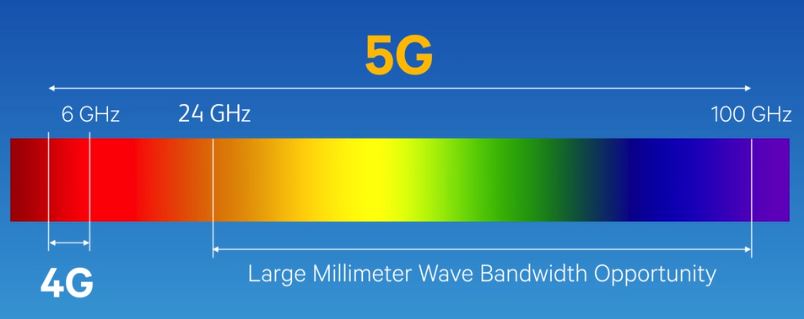Affiliate links on Android Authority may earn us a commission. Learn more.
5G mmWave: Facts and fictions you should definitely know
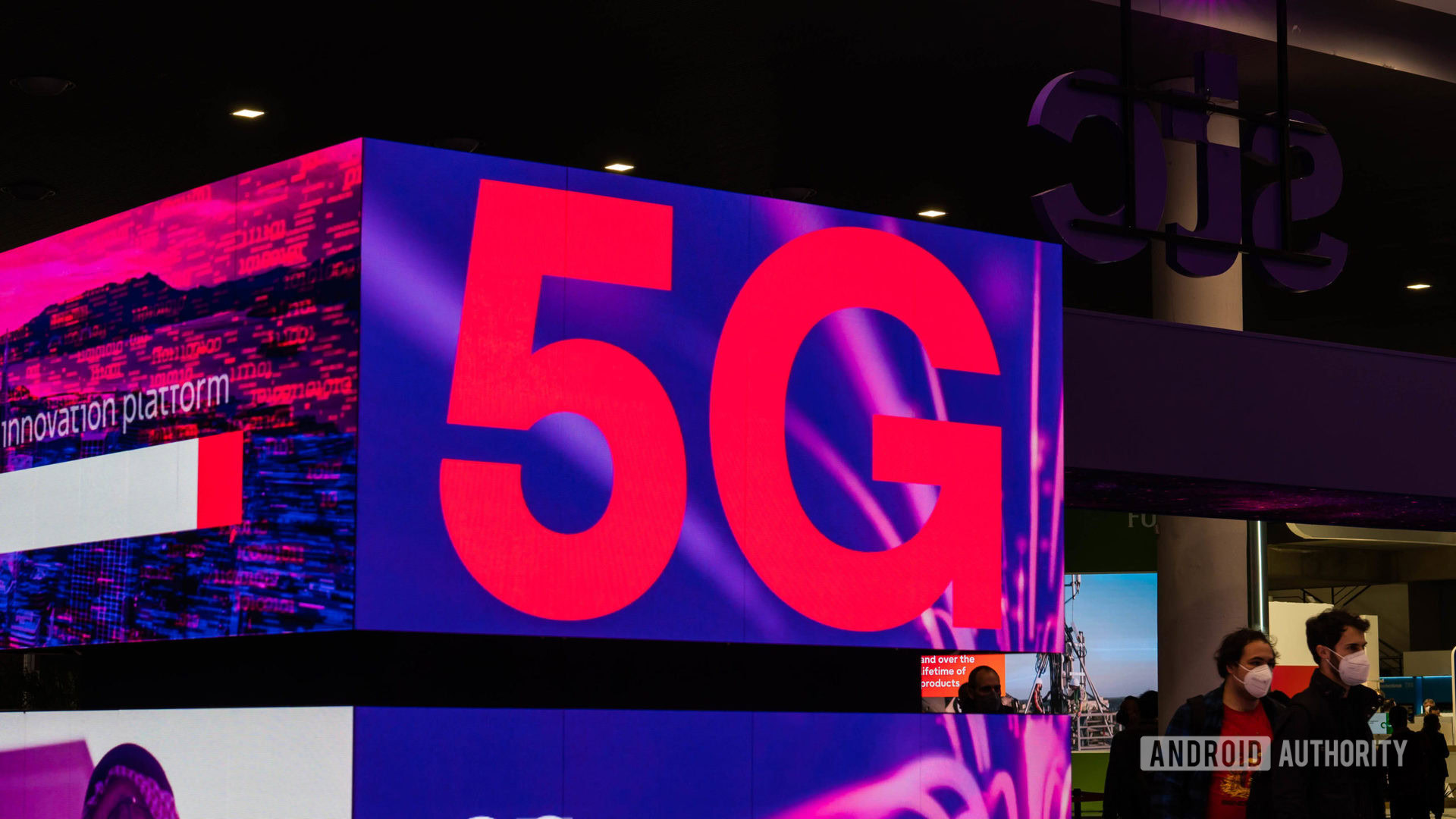
5G networks continue to roll out around the world. This next generation of wireless communication is being powered, in part, by a new technology known as millimeter wave (mmWave). US carriers are particularly keen on the technology, and it’s also a key part of rollouts in China and Japan. Eventually, it will be used across the world to varying degrees too. However, not every 5G network necessarily uses mmWave technology, we also have sub-6GHz 5G.
As with every new technology, there are inevitably teething problems and hurdles to overcome before it goes mainstream. Millimeter-wave technology has had its fair share of doubters in the past few years, with questions arising about its suitability over long distances, how well it can go through walls, and even if rain or a user’s hand might block the signal. Some of these issues aren’t unfounded, but most of them have been worked out in recent years.
In a hurry and looking for the highlights? Here's an express summary of mmWave 5G's pros and cons.
- mmWave refers to the fastest kind of 5G, but it's only one of many. Other 5G networks (called sub-6GHz) are also equally common, if not more, and still offer decent speeds.
- mmWave 5G's high frequencies do not penetrate thick walls easily, but your phone can automatically switch to sub-6GHz networks when that happens.
- You won't find mmWave 5G everywhere in the world, as adoption has been rather slow outside the United States, Japan, and China.
- Since mmWave 5G requires cutting-edge hardware, you'll need a higher-end smartphone to use it.
- Depending on your carrier, you'll notice a special symbol to indicate a mmWave 5G connection. T-Mobile, for example, uses 5G UC to indicate you're connected to a faster network.
- We have no evidence or research to suggest that 5G of any kind poses a health risk.
Keep reading to know more about mmWave 5G.
What is mmWave 5G?
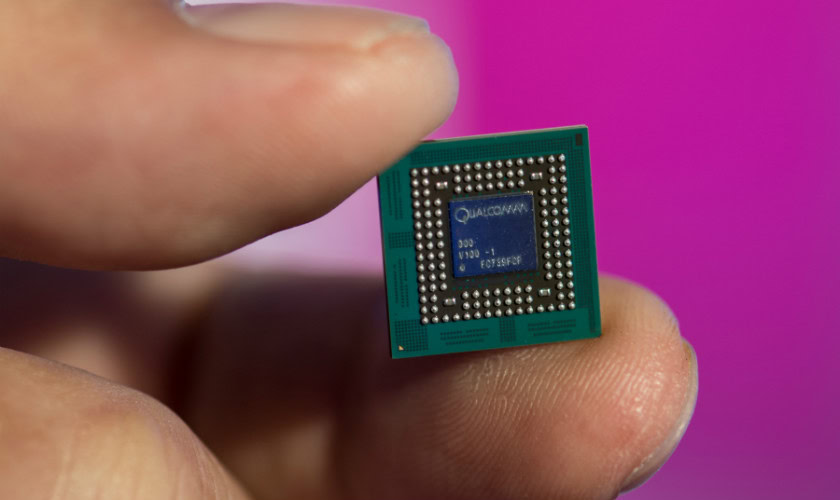
MmWave and 5G are often used almost synonymously, but there are key differences between the two. The mmWave technology is just one technology that 5G networks can use. You may also have heard about “low band” frequencies and “sub-6GHz,” both of which are also part of the standard. Combined, these technologies are designed to offer much faster data speeds to customers and more bandwidth, among other benefits.
The term mmWave refers to a specific part of the radio frequency spectrum between 24GHz and 100GHz, which has a very short wavelength. This section of the spectrum is pretty much unused, so mmWave technology aims to greatly increase the amount of bandwidth available. Lower frequencies are more heavily congested with TV and radio signals, as well as current 4G LTE networks, which typically sit between 800 and 3,000MHz. Another upside of this short wavelength is that it can transfer data even faster, though its transfer distance is shorter.
In a nutshell, lower frequency bands cover much greater distances but offer slower data speeds, while high-frequency bands cover much smaller areas but can carry much more data. MmWave is just part of the 5G picture, but carriers are particularly fond of talking about it because it allows for extremely high bandwidth and shows off the most impressive data speed figures.
The objective with mmWave is to increase the data bandwidth available over smaller, densely populated areas. It will be a key part of 5G in many cities, powering data in sports stadiums, malls, and convention centers, as well as basically anywhere data congestion might be a problem. Out in rural towns and villages, sub-6GHz and low bands below 2GHz play a more crucial role in ensuring consistent coverage over large areas.
Myth buster: mmWave fact and fiction
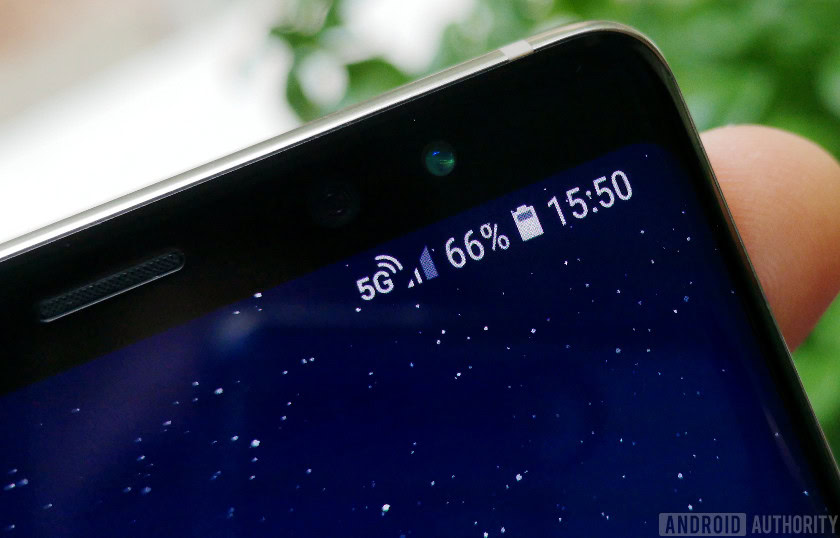
mmWave doesn’t penetrate walls
This is perhaps the most common issue cited with 5G phones and networks and it’s true to some extent. Most building materials, such as cement and brick, attenuate and reflect very high-frequency signals with a big enough loss you’re unlikely to receive a very useful signal moving from inside to outside. Even the air produces a signal loss, which limits frequencies above 28GHz to about a kilometer anyway. Wood and glass attenuate high-frequency signals to a smaller degree, so you’ll likely still be able to use 5G mmWave next to a window.
This reflective property works both ways — you don’t need line-of-sight with a 5G antenna to receive the signals. 5G networks will use beamforming to direct waves off and around obstacles to your phone. This works in part because 5G equipment uses multiple antennas to send and receive signals, combining the data from multiple streams to strengthen the overall signal and increase the bandwidth. This works both outdoors, by reflecting signals off buildings, as well as indoors by reflecting signals off walls. Carriers could definitely install beamforming transmitters inside stadiums or large malls.
In summary, very high-frequency 5G signals don’t travel very far and don’t transition very well from indoors to outdoors. However, massive MIMO and beamforming ensure that strict line-of-sight isn’t a requirement to make use of millimeter-wave. A mmWave signal may not be able to penetrate deep into buildings, but it will bounce around them to ensure a decent signal. Indoors, people will just have to rely more on rely on sub-6GHz and low-band signals.
It can’t get through your hand either
This is also partially true, for similar reasons mentioned above. Human bodies are reasonably good at blocking high-frequency radio — our bodies are part water and reasonably dense. That’s partly why Bluetooth headphones don’t always work if your phone is blocked by your body.
While your hand probably isn’t enough to block the entire signal, it could certainly get in the way enough to make an already mediocre or poor signal worse, useless even. At the very least it could slow down your speeds or interrupt the flow of data.
Worst case scenario, grabbing your phone could be the difference between one and zero bars of signal. That’s clearly no good.
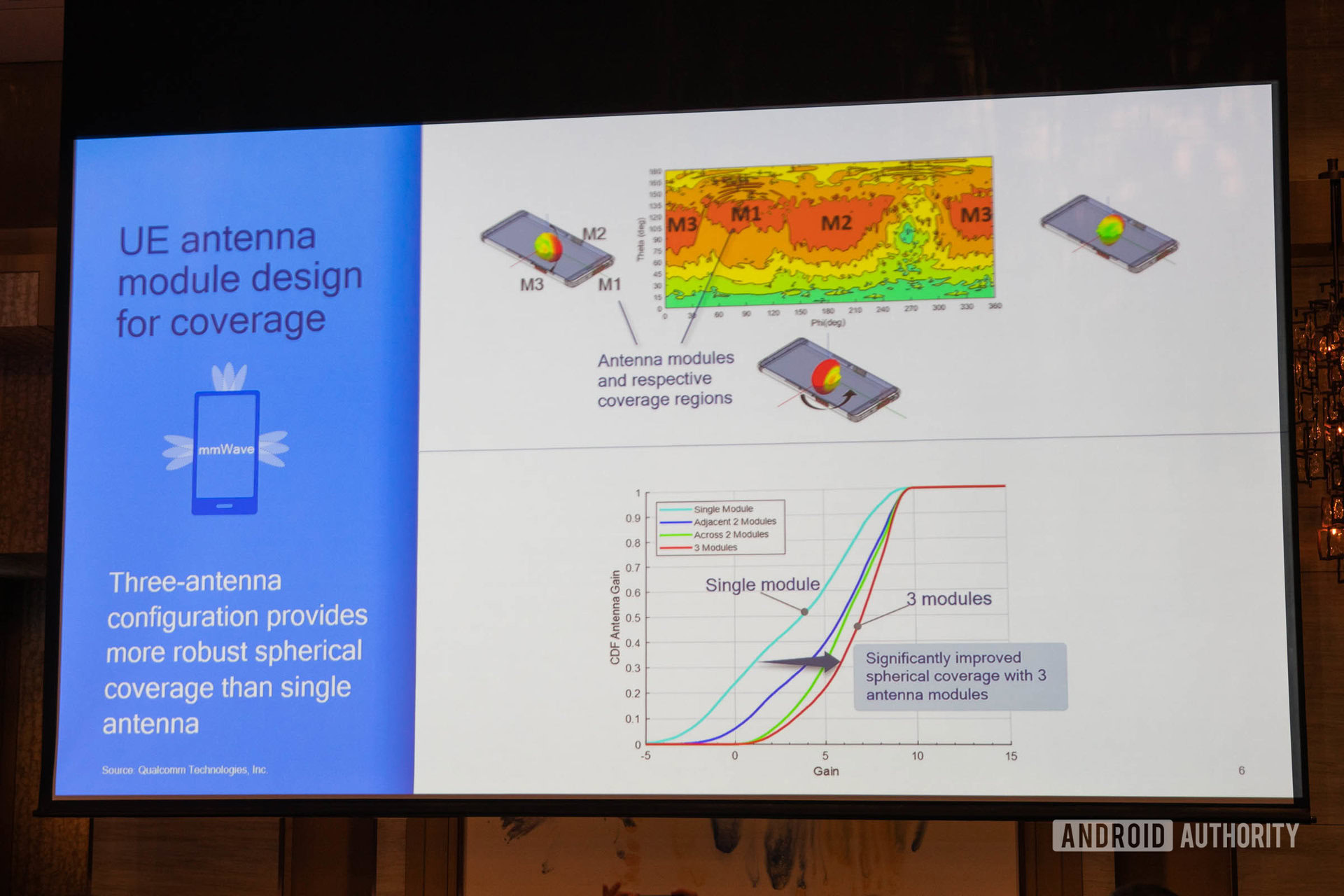
There is a solution to this problem though — placing multiple millimeter-wave antennas around the phone. After all, you’ll very rarely cover both sides and the top of your phone at once.
Qualcomm’s 5G reference design smartphone suggests three antenna modules should be used in a handset to insure robust signal coverage. Four if you’re moving up to a 5G hotspot that can handle the extra power draw. mmWave smartphones on the market implement similar multi-antenna designs for exactly this reason. Battery life has been an issue for some mmWave phones, but these three antenna modules don’t have to all be on at once. Smartphones switch these modules on and off depending on which ones are receiving the best coverage to reduce the power draw.
5G won’t work when it rains

This sounds pretty damning. It’s not like 5G doesn’t work in the rain at all, but there is some truth to this.
Much like the two previous points, rain in the air adds an extra level of density and therefore attenuation to signals as they travel. Humidity can cause the same problem. This isn’t a new phenomenon for 5G though. “Rain fade” is an issue for modern GPS and other high-frequency satellite communication systems. Granted, those operate all the way out in space, and 5G will potentially suffer issues over just hundreds of meters.
Millimeter-wave signal strength will degrade somewhat when it rains, which will first result in slightly slower speeds and then potentially connection problems. How much it degrades will depend on just how hard it’s raining, and other factors like the distances from the cell tower. Rain will cause the most problems when connecting at the edge of a mmWave base station’s range.
mmWave harms your health
We’ve covered this before and I won’t dignify the conspiracy theories with anything more than this — no it won’t. Of course, I’ll always welcome new thorough research that helps us understand any risks better but currently, there aren’t any credible indications of health risks.
mmWave doesn’t go far enough for good coverage
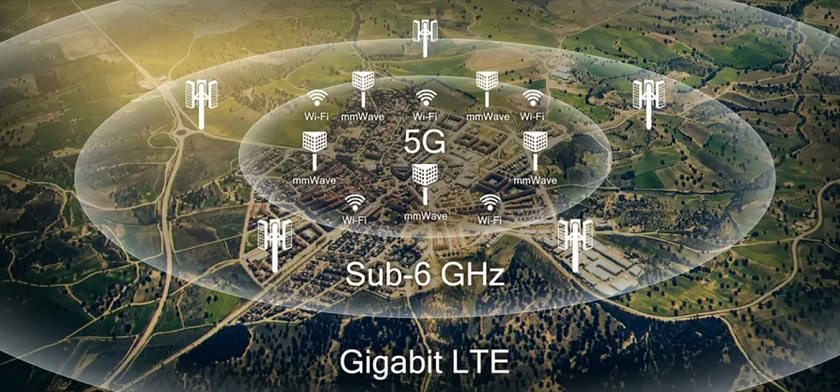
mmWave is definitely the shortest-range technology being used for next-generation networks, but it’s not so short as to be useless. Base stations will likely offer up to a kilometer of directed coverage, although 500 meters (~1,500 feet) is probably a safer bet, after taking into account obstacles and foliage.
That’s obviously not a huge area. Many more base stations will need to be packed closer together to cover the same areas 4G networks cover now. This is why we’re unlikely to see mmWave deployed out in the countryside or small towns. It will probably only be used in urban centers, where it covers the maximum number of consumers in a small space.
Remember, mmWave is just a small part of the bigger 5G spectrum. the Wi-Fi-like sub-6GHz and low band spectrum should have you covered when high-frequency signals can’t reach you, providing a backbone that still offers fast data speeds.
5G isn’t any faster than gigabit LTE, so what’s the point?
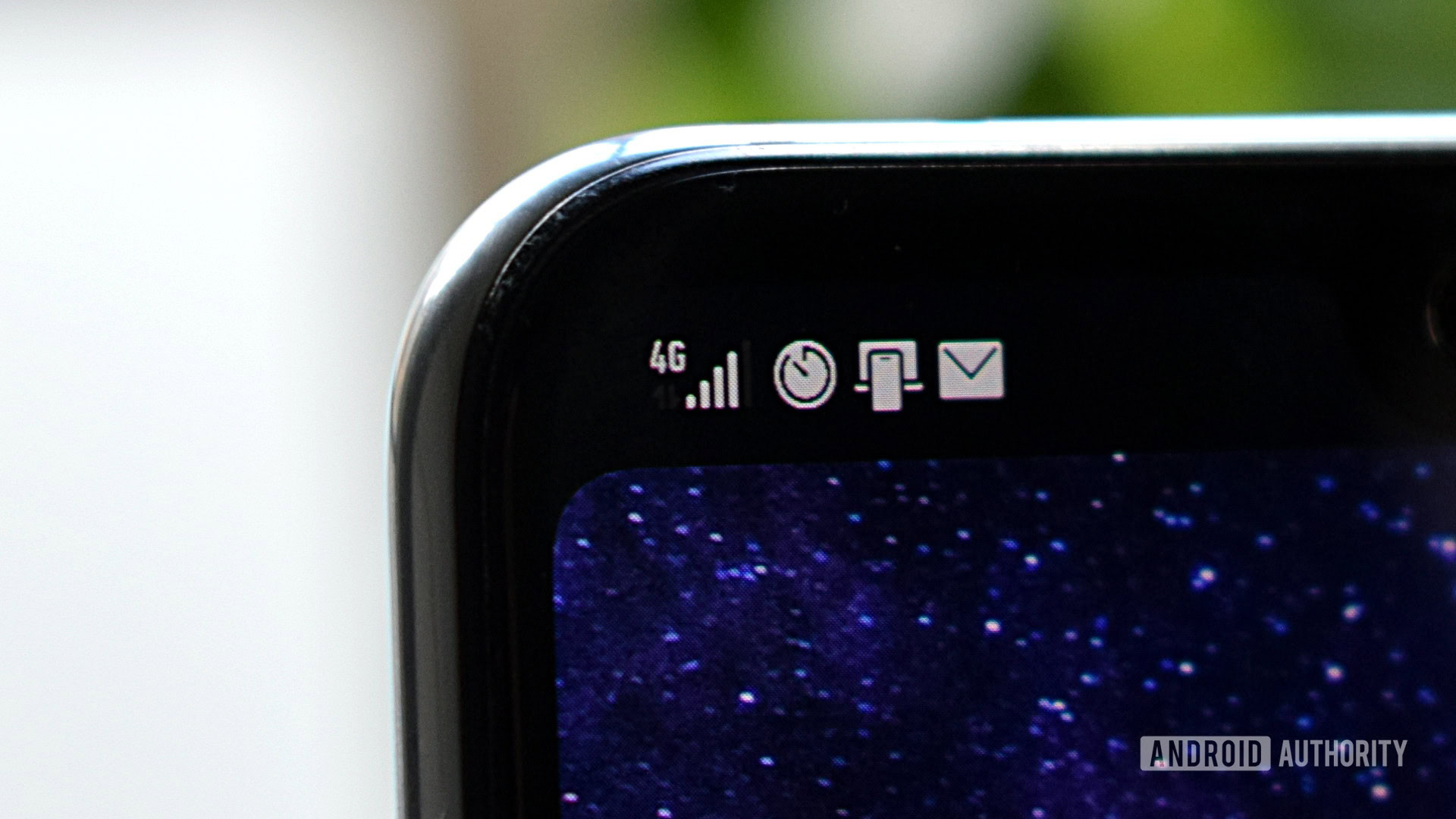
We’ve already seen our first gigabit LTE networks, offering speeds faster than we can really use. So what’s the point of expensive new 5G technologies?
Bandwidth, speed, and to a lesser extent latency, are the big selling points for consumers, and 5G simply makes this easier to achieve. While 4G LTE can hit gigabit and higher speeds in ideal situations, in many countries there simply isn’t the spectrum or capacity to offer these speeds to every consumer on current LTE networks. Especially not with hundreds or thousands of users online at once. 5G is all about increasing the amount of available bandwidth by using a broader range of spectrum, making blazing-fast speeds a reality of real-world use cases.
Furthermore, lots of back-end enhancements and new use-cases will arrive with the eventual rollout of the 5G Standalone specification in the coming years. This will result in some more meaningful changes to the types of use cases 5G can power, mass internet-of-things, and smart cities, among others.
5G and mmWave: The next big thing?
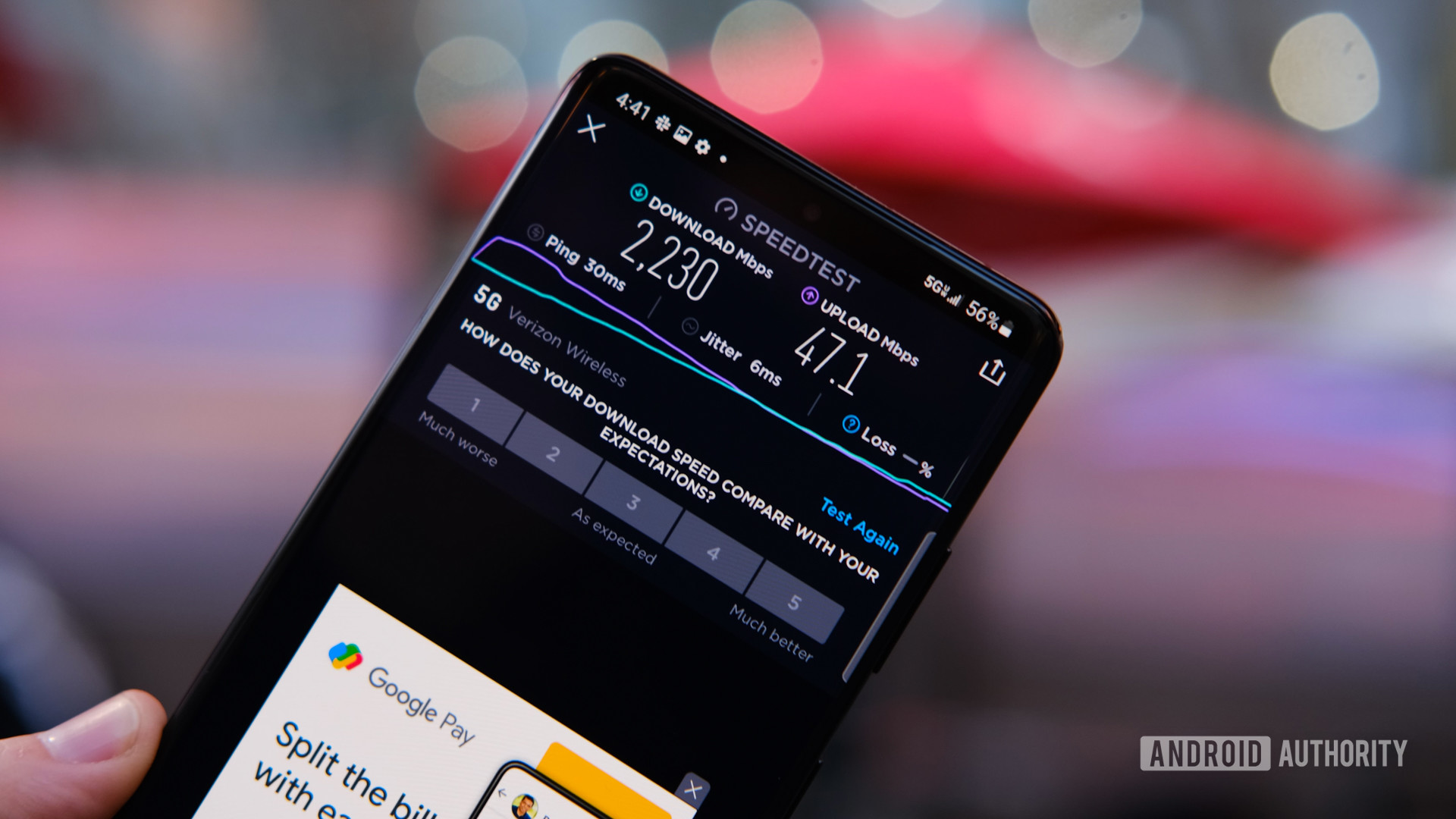
MmWave technology is a cornerstone of 5G networks, allowing for faster data speeds and much higher bandwidth than ever before. The technology has limits, mostly in terms of area and susceptibility to obstruction, but it does work.
Carriers and equipment vendors, like Samsung and Qualcomm, have showcased some of the benefits and have already brought mmWave technology to consumers. Though carriers love to puff up their fancy new technology, mmWave isn’t the only area of spectrum that will help build next-generation networks.
Has 5G lived up to the hype?
I’m still on the fence about how meaningful a difference 5G will make to the way we use our smartphones. We’re still waiting for that must-have application, as it were. 5G’s promise of faster data speeds could replace the need for wired fiber, lower latency AR and VR applications, and improve connections on the move, which all sound pretty good. MmWave is a key part of building those next-gen applications but we’re still waiting for these to change our lives for the better.
